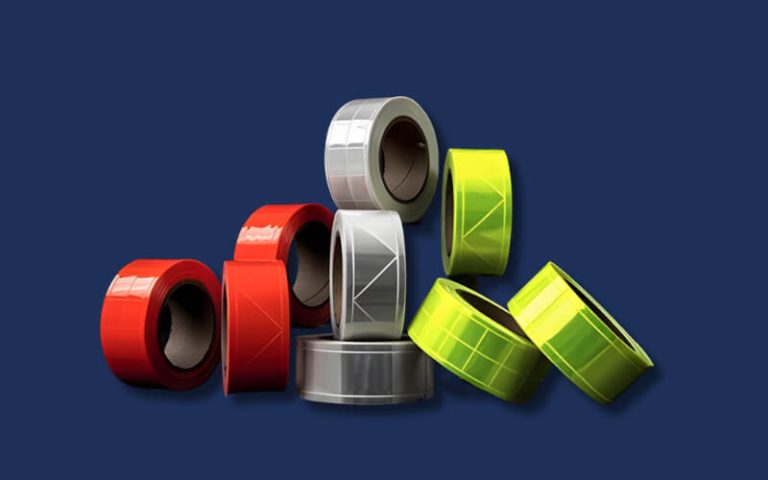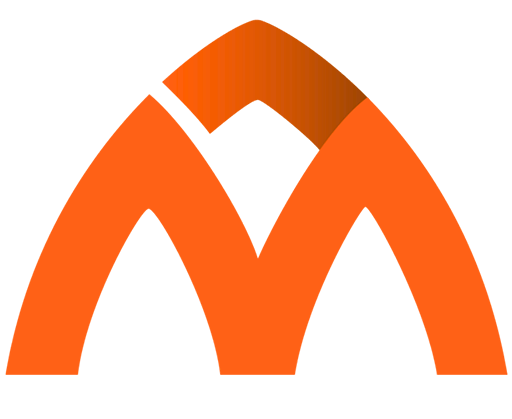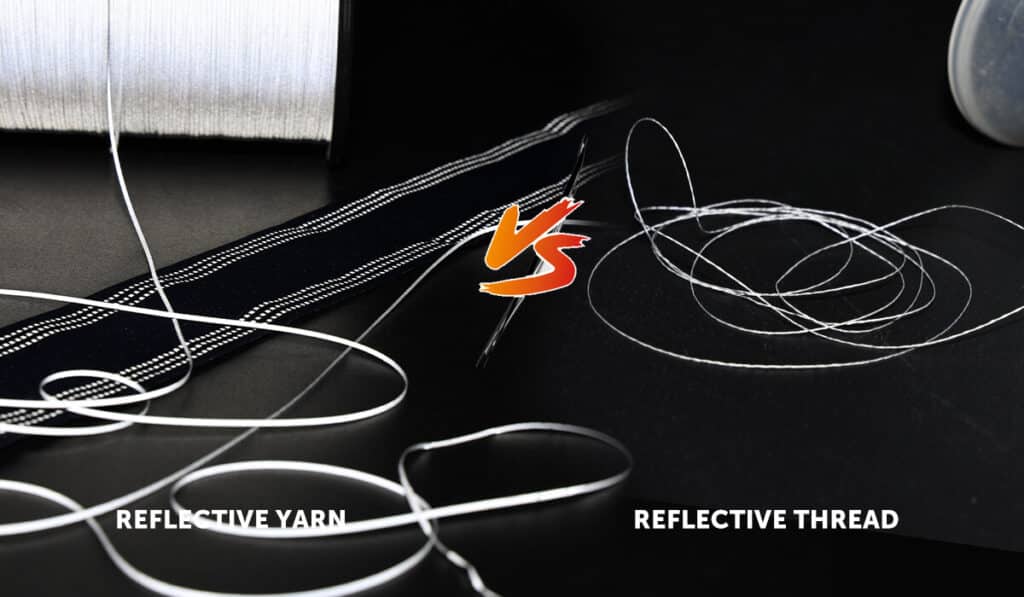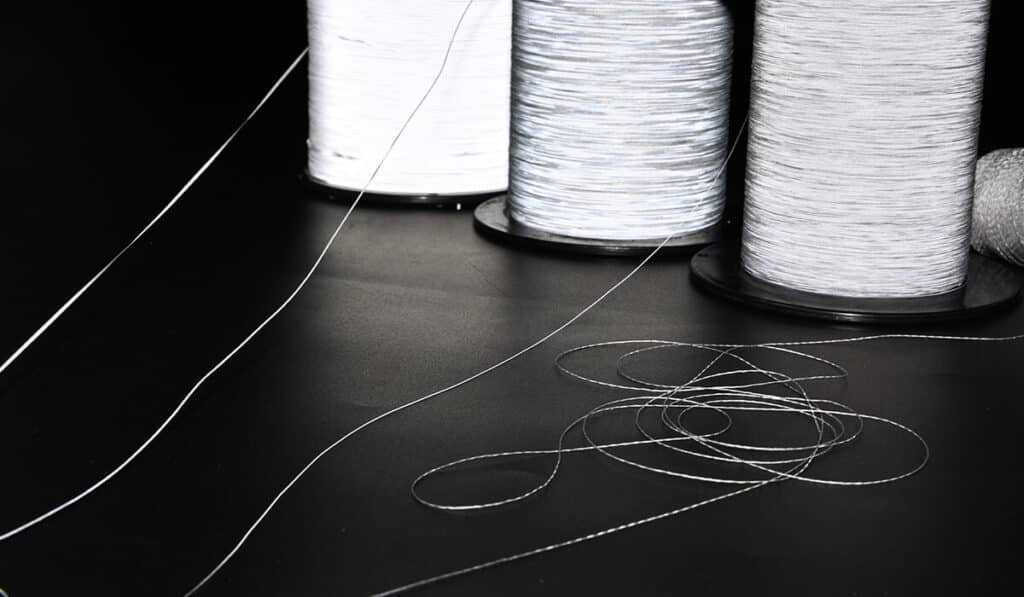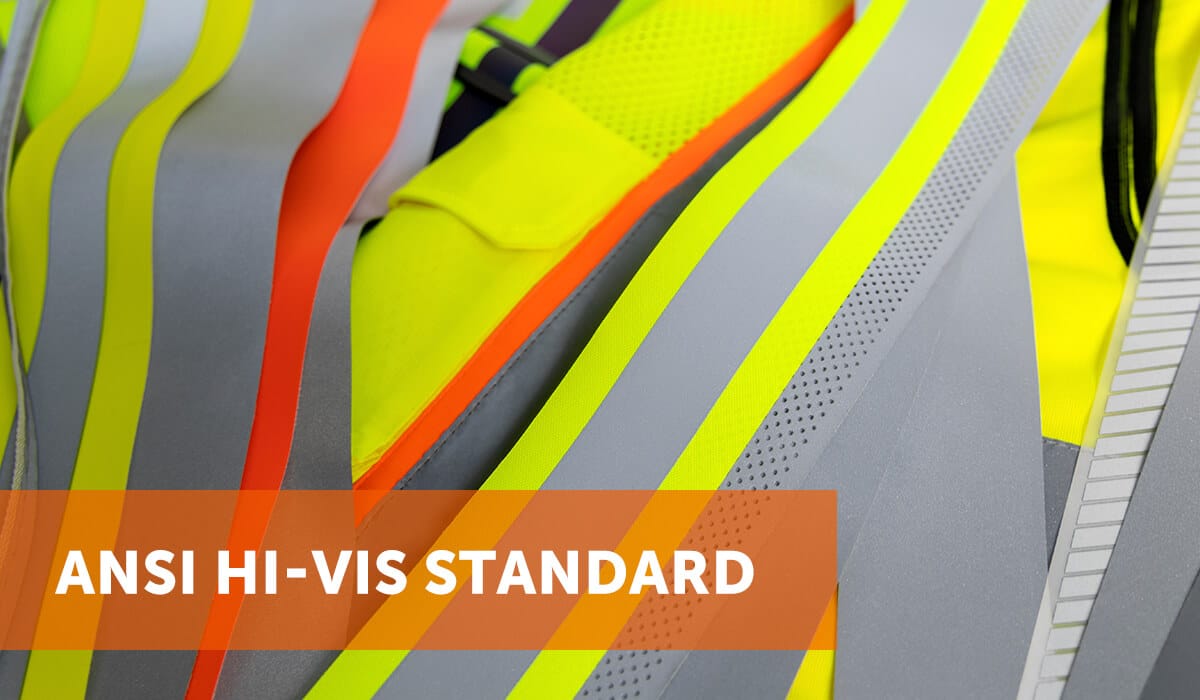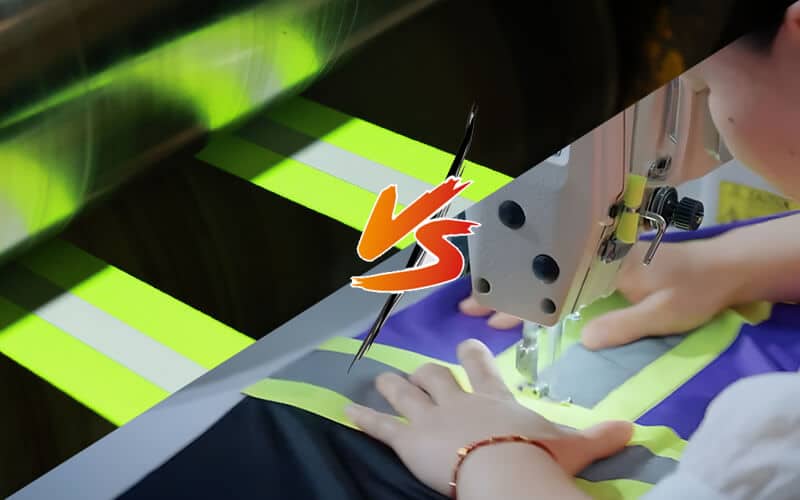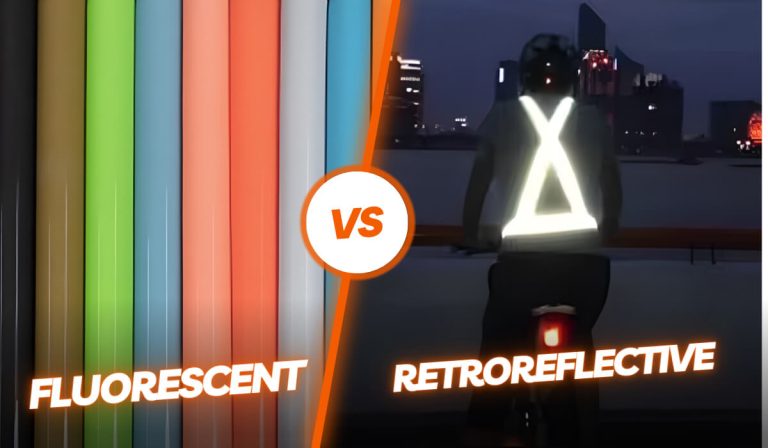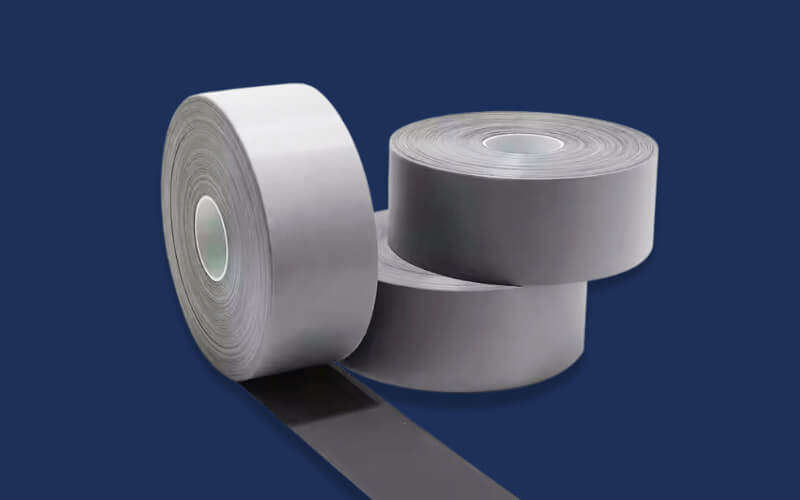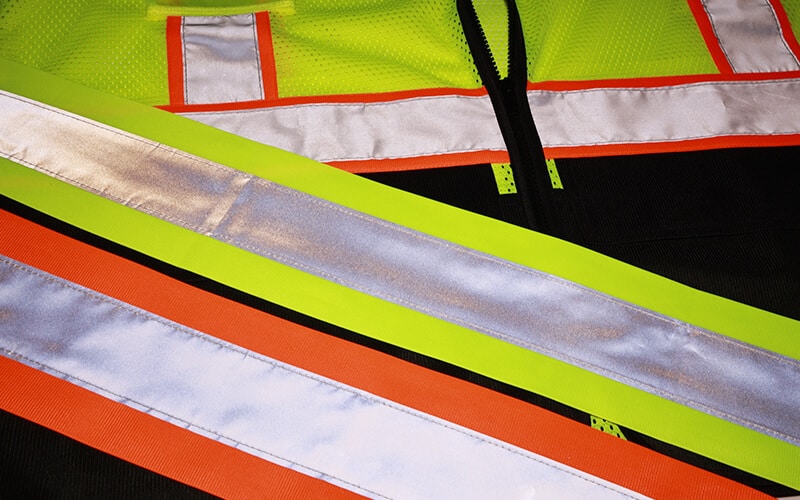Reflective Ribbon Tape vs. Other Reflective Materials

MAX Reflective Accessories Design Director
In the evolving landscape of safety and visibility solutions, reflective materials play a pivotal role across various industries—from personal protective equipment (PPE) to fashion and outdoor gear. Among the diverse options available, reflective ribbon tape has emerged as a versatile and innovative product, offering unique advantages compared to traditional reflective materials.
This blog post aims to provide a detailed comparison between reflective ribbon tape and other reflective materials, highlighting their functional properties, applications, and how to choose the right solution for your needs.
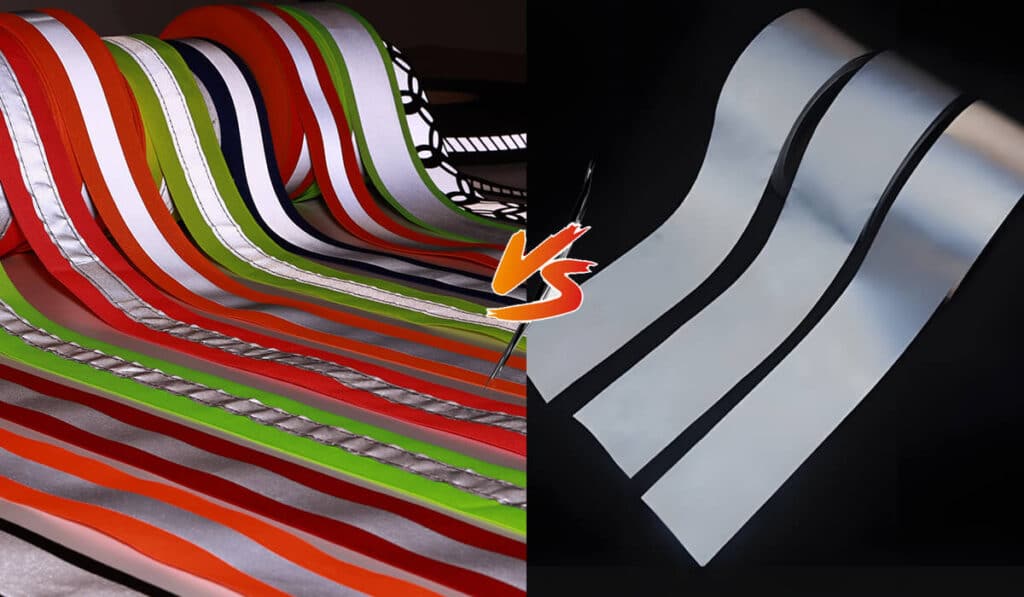
Understanding reflective ribbon tape and other reflective materials: key differences
Reflective materials broadly refer to any fabric, film, or tape designed to reflect light, enhancing visibility in low-light or nighttime conditions. These materials are widely used in safety apparel, accessories, and industrial applications.
However, reflective ribbon tape is a derivative product of the reflective material industry, which is somewhat similar to the nature of DIY. Reflective ribbon tape is characterized by sharp color contrast and innovation.
What is reflective ribbon tape?
Reflective ribbon tape is a derivative product within the reflective material industry, characterized by a reflective center strip integrated into a primary base material. This design often resembles a DIY or modular approach, allowing for customization in size, color, and reflective properties. The tape typically consists of:
- Reflective center material: This can be reflective strips made from 100% polyester high-visibility tape, silver reflective T/C tape, industrial washable reflective fabric, or reflective heat transfer vinyl/film with various patterns.
- Primary base material: Options include 100% polyester woven tape, narrow 300D Oxford fabric (commonly in fluorescent colors), elastic bands, or polyester knit fabric.
- The production methods for reflective ribbon tape primarily include sew-on and iron-on techniques, enabling easy integration into garments and accessories.
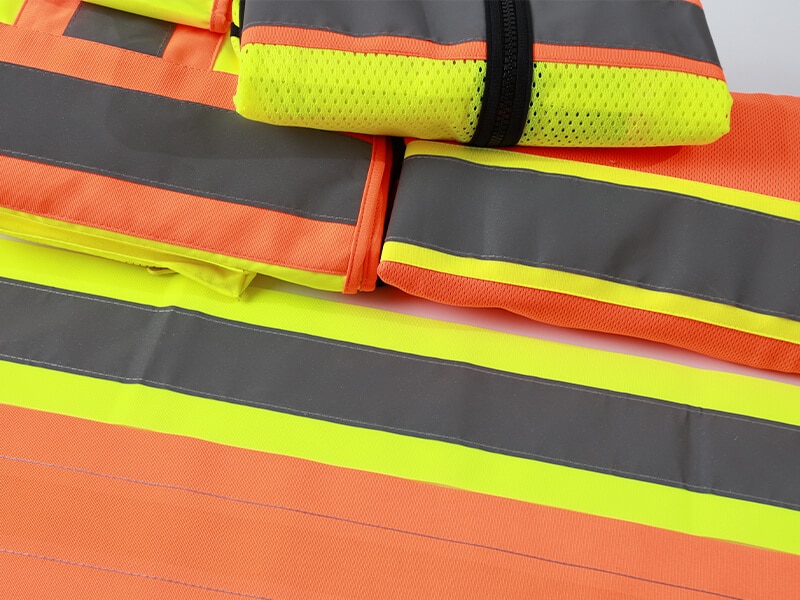
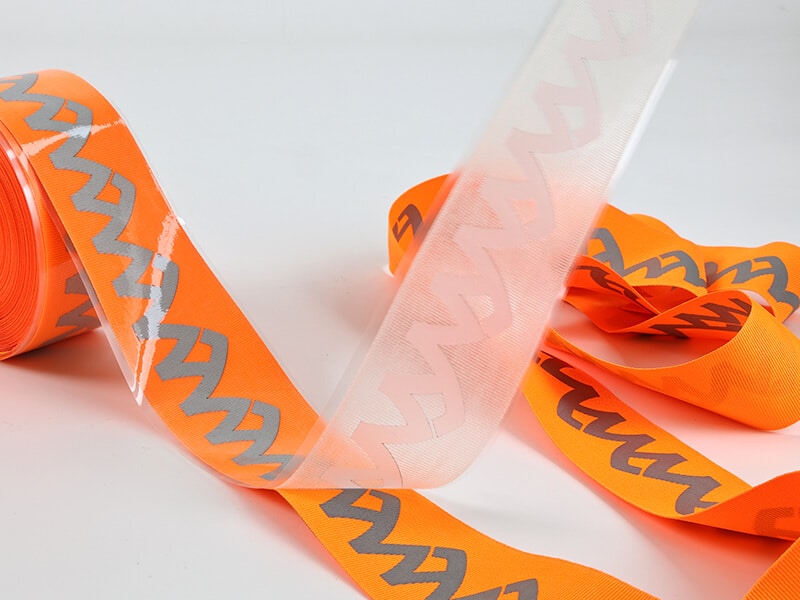
How does reflective ribbon tape differ from other reflective materials?
Feature | Reflective Ribbon Tape | Other Reflective Materials |
Structure | Composite tape with reflective center + base | Single-layer reflective fabric or film |
Customization | Highly customizable in size, color, and pattern | Often standardized sizes and patterns |
Application Methods | Sew-on, iron-on | Sew-on, adhesive backing, heat transfer, lamination |
Flexibility | High flexibility due to base material options | Varies; some rigid films, some flexible fabrics |
Durability | Durable with industrial washable options | Varies widely depending on material type |
Reflective ribbon tape process: iron on and sew on
Reflective ribbon tape vs. other reflective materials: A comprehensive comparison
Reflective ribbon tape stands out as a highly versatile, customizable, and durable option within the reflective materials market. Its unique construction—combining a reflective center with a flexible, colorful base—provides enhanced visibility, comfort, and design freedom that traditional reflective materials may lack. Whether you are designing safety apparel, outdoor gear, or fashion accessories, reflective ribbon tape offers a compelling solution that balances functionality with aesthetic appeal.
At MAX, we specialize in producing a wide range of reflective accessories, including customizable reflective ribbon tapes tailored to your specific needs. Our expertise ensures that you receive products that meet the highest standards of safety, durability, and style.
For inquiries or to explore our full range of reflective materials and ribbon tapes, please contact our expert team at MAX. Let us help you create innovative, intelligent, and stylish reflective solutions that stand out in any environment.

Related blogs

Related products
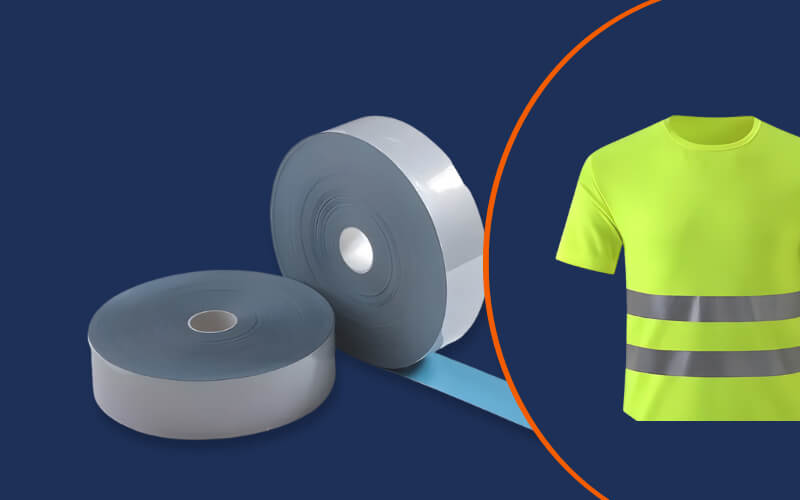
Reflective Heat Transfer Vinyl
